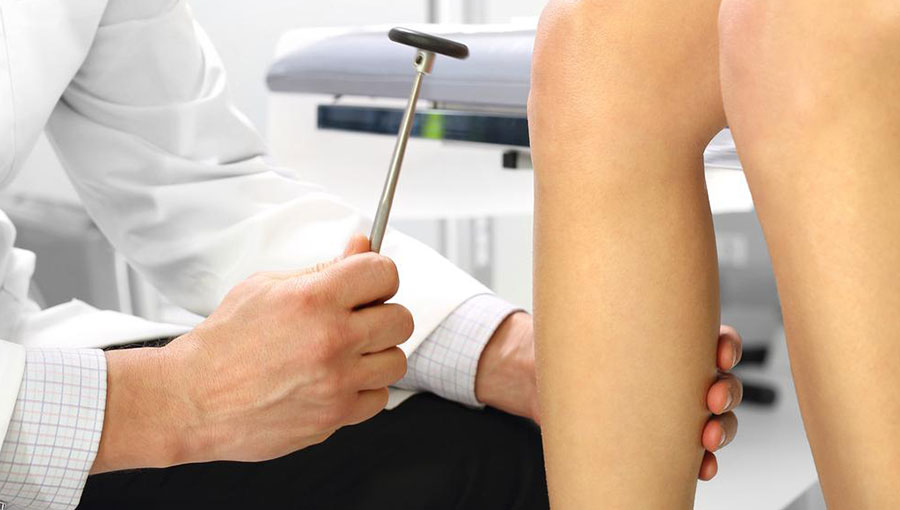Osteoporosis – Treatment options and safety
Throughout one’s life, bone tissues break down and build up again; this well-balanced process is called bone remodeling. The balance, however, tilts when women hit menopause and estrogen levels go down as estrogen plays a significant part in the process of remodeling bones. During bone remodeling, bone tissue is dissolved by cells called osteoclasts. The empty space is then refilled by cells called osteoblasts. With the decrease of estrogen levels in the body, osteoclasts and osteoblasts fail to function effectively, thereby leading to osteoporosis.

Post menopause, if you have osteoporosis, you might have to resort to medications to protect yourself from fractures. These medicines either help slow down the loss of bone tissues or help speed up the formation of the bone. It is important to remember that these medicines sometimes come with side effects including the rare osteonecrosis or bone death in the jaw. Treatment of osteoporosis is essential. Without effective osteoporosis treatment options, it is estimated that half of all the women who are above 50 years of age and have osteoporosis are prone to break a bone. However, before choosing from various treatment options, it is important to weigh the advantages and disadvantages involved in it. Let us look at a couple of medicines used in the treatment of osteoporosis:
- Bisphosphonates: An advantage of consuming these is that they prevent osteoclasts from functioning, thereby slowing down bone loss; however, they allow osteoblasts to continue functioning, thereby building new bone tissues. The disadvantage, however, is that these drugs cannot be taken if you suffer from gastrointestinal issues because they irritate the lining of your stomach. If you take this pill, you will have to sit up or stand for an hour. With an intake of high doses, there is also the risk of osteonecrosis or bone death of the jaw symptomized by jaw pain and loose teeth. A rarer side effect is an unexplained fraction of the thigh bone.
- Prolia: These prevent osteoclasts from functioning, thereby decreasing bone loss. It is considered to be very effective. However, it causes a dip in calcium levels in your body.
- Forteo: This is a man-made hormone that helps osteoblasts function well, thereby increasing bone density. It is more effective than bisphosphonates. One of the rare side effects, however, is that the risk of cancer increases when taken in high doses.




